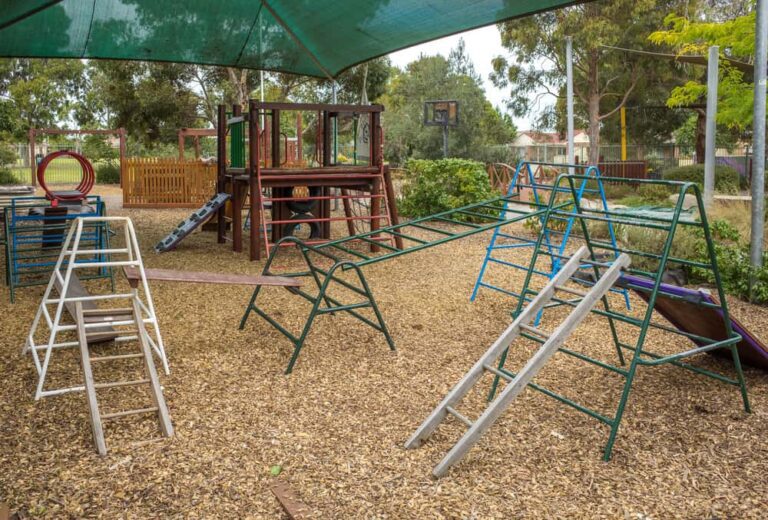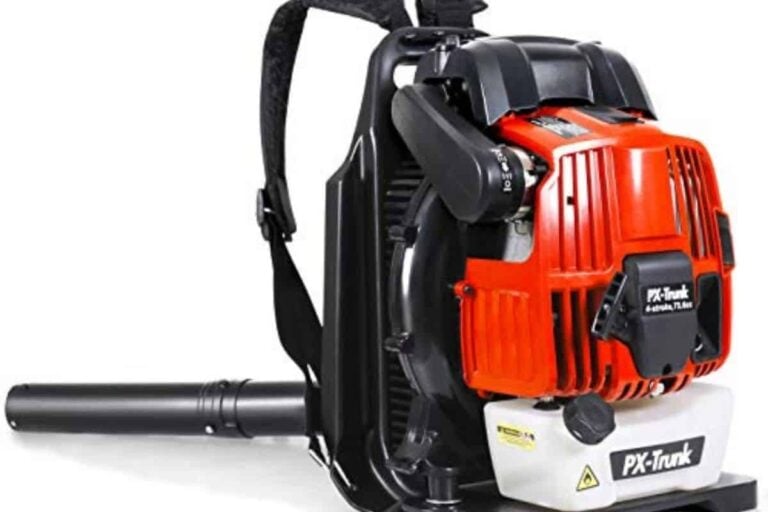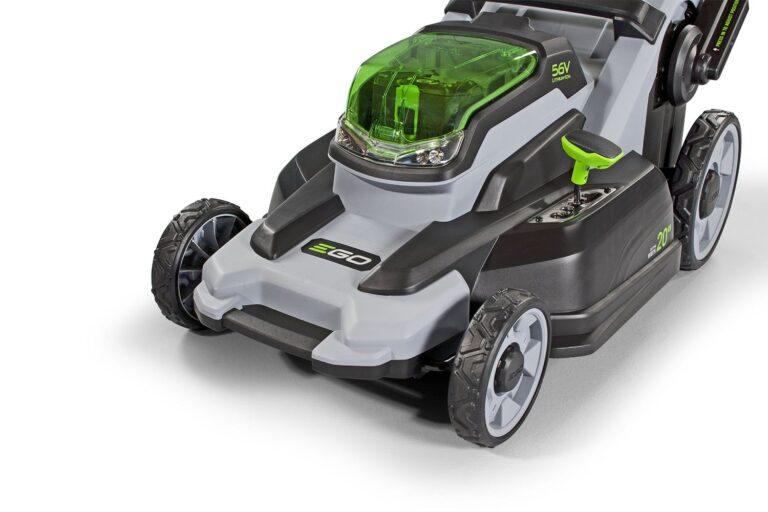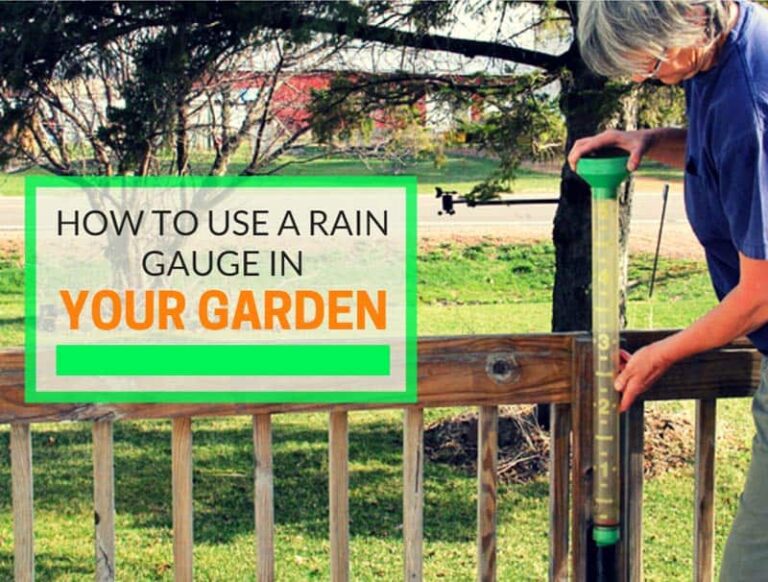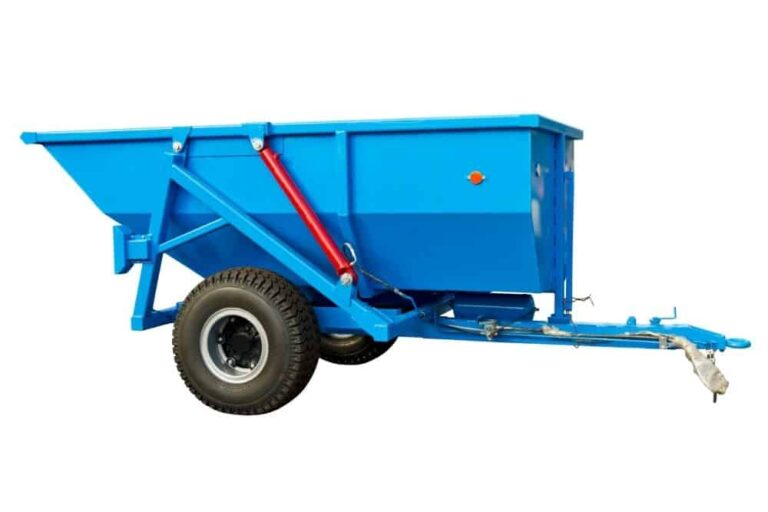Keep Up Your Lawn with the Best Grass for Georgia
Scotts Turf Builder Bermuda Grass Seed Mix is the best grass for Georgia. You’ll find Bermuda grass covering much of the state, since it grows well in drought conditions and prefers full sun. It’s also one of the fastest, and easiest, grasses to grow, as it spreads quickly to establish a lawn and requires very little maintenance. Take care of your seeds after you plant by mulching them for protection from the sun and keeping your soil consistently moist. If you want more recommendations, we’ve got them for you in the following list.
Top 5 Best Grass for Georgia Recommendations
[wptb id="8183" not found ]Georgia Soil and Weather Conditions
Georgia soil and weather conditions can pose some challenges to Georgians who want to grow beautiful, green lawns. Georgia has a high humidity with excessive heat that can make it difficult for many types of grass to survive.
Additionally, Georgia soil is generally very sandy. On the coastal areas, the soil tends to be a sandy, clay-based soil, whereas inland soils have low fertility and are more acidic (source). Either type is not ideal for most grasses.
About half of Georgia is covered in acidic, sandy-clay soil. This type of soil can be dense, making it difficult for grass to spread. It also struggles to retain water and nutrients needed to create a fertile, optimal soil for grass growth.
The weather in Georgia can also make growing grass a more complex process. Several grass varieties can’t survive in the excessive heat that Georgia has. Furthermore, Georgia experiences a wide range of temperatures through the seasons, and in its different regions, that can make it difficult to predict what types of grass will grow best.
Unfortunately, this leaves most Georgians with the difficult choice of choosing which season is more important to them for grass to look its best: through the warmer or cooler months?
Common Varieties of Grass in Georgia
Since most grasses won’t survive in both extremes of hot and cold weather, Georgians must choose wisely between cool-season and warm-season grasses. Of course, you should take your specific region’s weather into consideration to help you make the choice.
For example, a cool-season grass, like tall fescue, is better for most northern areas of Georgia that experience cooler temperatures for a larger part of the year than southern areas. However, a warm-season grass, like Bermuda grass, will typically grow better in southern areas of the state that receive less rainfall and hotter summers.
According to HighGrove, here are a few of the most common varieties of grasses to plant in Georgia:
- Bermuda grass. This warm-season grass has a high drought tolerance and is fairly low-maintenance. It also spreads quickly, allowing for a full lawn in less time.
- Zoysia grass. Zoysia grass is a warm-season grass, popular in areas with light shade. Zoysia spreads well, and helps to eliminate weeds from your yard.
- Centipede grass. Another warm-season grass, centipede grass is a low-maintenance variety that grows well in sandy, low-fertile soils, like that in most of Georgia.
- Tall fescue. Tall fescue is the most common cool-season grass to grow in the state. It can tolerate some shade and is perfect for transition zones, where the weather is too hot for other cool-season grasses, but too cold for most warm-season grasses.
- Ryegrass. Ryegrass is a cool-season grass that can be used to overseed your warm-season grass in the fall and winter months.
- Kentucky bluegrass. This cool-season grass does best in the northern areas of Georgia, with more rainfall and cooler temperatures. This grass can tolerate shade, but won’t tolerate drought conditions.
Preparing for Growing Grass in Georgia
Depending on the type of grass you choose – warm or cool-season – you’ll need to be strategic in when you plant.
Cool-season grasses should be planted in late summer or early fall, while the weather’s still warm enough to help seeds germinate. Plant warm-season grass seeds in early spring or very early summer, before the weather becomes too warm, which can dry out seeds before they can germinate.
Consider testing your soil prior to planting. You can use a DIY test kit, or send a sample to a professional lab to test your soil. Understanding your pH will help you determine what amendments, if any, you should add to your soil for optimal grass growth.
Noble Foundation demonstrates how to take a soil sample properly:
After you receive your results and purchase your amendments, it’s time to prepare your soil. According to Better Homes and Gardens, it’s best to prepare your soil about two weeks before you plant your seeds.
Remove all rocks, weeds, and other debris from your yard. In Georgia, it’s a good idea to till your soil, to ensure that the sandy soil is loosened and aerated so nutrients and water can penetrate the root system. This also helps your grass seed spread well beneath the surface.
Rake over your yard to create an even surface. This will also aid in the removal of small pebbles and other debris that’s difficult to remove by hand.
Add your necessary nutrients, such as compost or fertilizer recommended from your soil test. Thoroughly water the soil so that it’s moist several inches deep, and continue to keep it moist until you plant your seeds.
Caring for Your Georgia Lawn
To keep your Georgia lawn looking its best and continuing to form, and spread, strong roots, there are a few things you can do throughout the year, according to Southern Living:
- Winter. Inspect your lawn for weeds and other debris, like fallen leaves, that can quickly kill off a dormant lawn. Apply herbicide, if needed, for tough weeds.
- Spring. Once your lawn begins to green, apply the proper fertilizer for your soil. Only mow if your grass is reaching heights of about three to four inches. Keep soil moist, but take care not to overwater.
- Summer. You’ll probably have to water more frequently now, especially in areas of low rainfall. Water in the early morning or early evening to prevent the sun from scorching your wet grass. Continue to allow your grass to grow at least two to three inches before mowing, so that it can develop an extensive root system, aiding in its drought tolerance.
- Fall. Now is the time to overseed your warm-season grass, if desired, for a greener lawn through the cooler months.
Our Recommendation: Scotts Turf Builder Bermuda Grass Seed Mix
Scotts Turf Builder Bermuda Grass Seed Mix is the best grass for Georgia. Bermuda grass has a reputation for growing in a wide variety of conditions and locations across the country. Since Georgia lawns have some challenges, thanks to sandy soil and varying weather conditions, Bermuda grass gives Georgians the best chance at a beautiful lawn.
Bermuda grasses are one of the most drought-tolerant, so it can survive well in the sandy soil of Georgia. This grass typically fairs better in the hotter areas of Georgia, such as the southern region, but areas of low rainfall and plenty of sunshine in Georgia can also grow this grass.
We recommend growing Bermuda grass in areas of full sun. If your yard has a lot of shade, you’ll end up with bare spots. However, this mix can tolerate areas of light shade, since it also contains hybrid Bermuda grass seeds that will tolerate more conditions than common Bermuda grass.
You’ll need about one pound of this mix per 1,000 square feet of yard space. Bermuda grass does not usually need fertilization during planting, and will survive with an occasional deep watering. Consider mulching your Bermuda grass seeds to help protect them from drying out in the hot sun.
Photo by James Every licensed under CC BY 2.0


